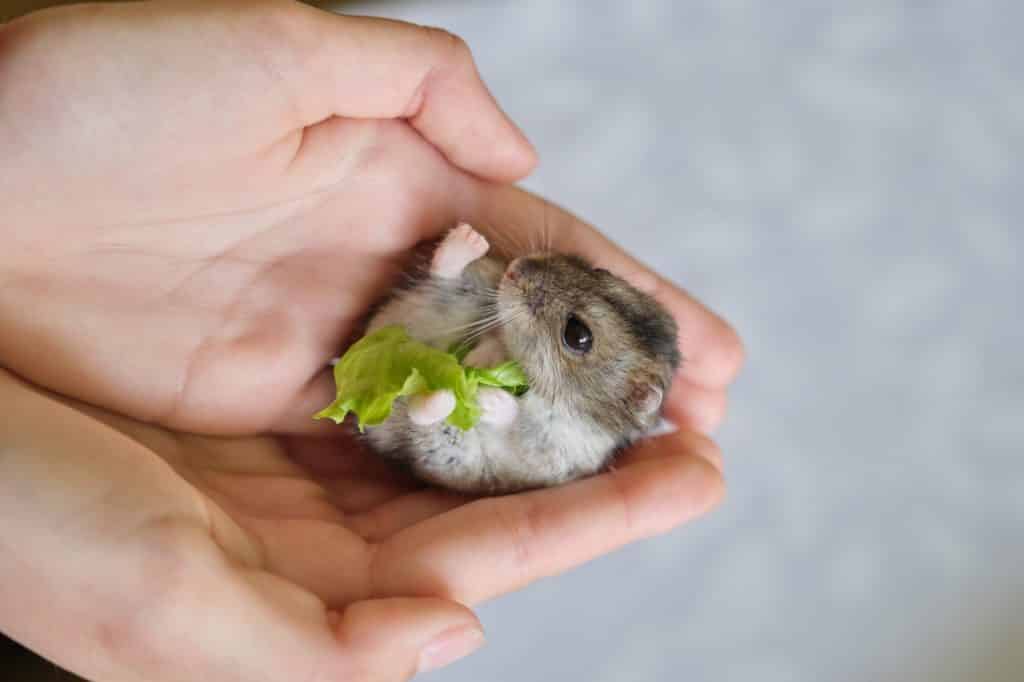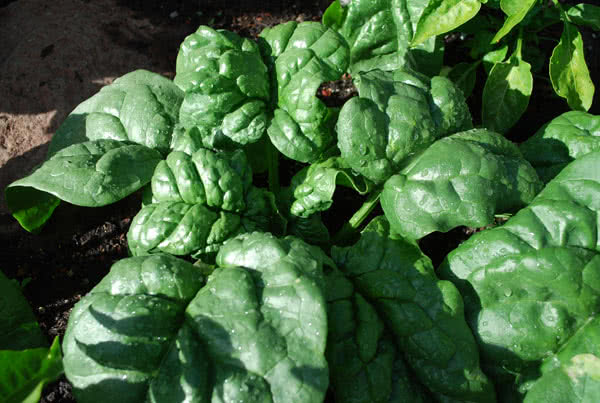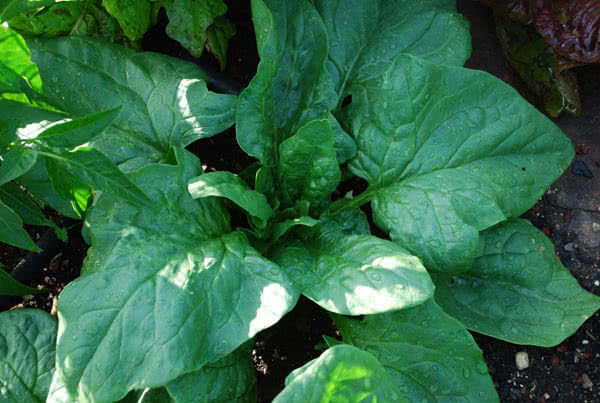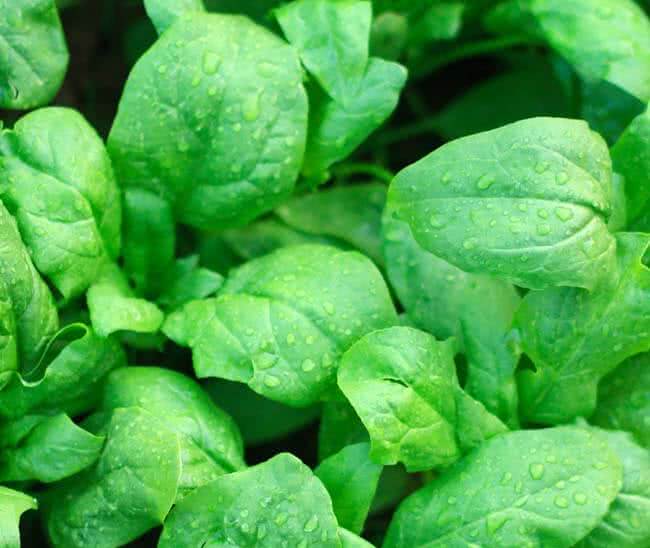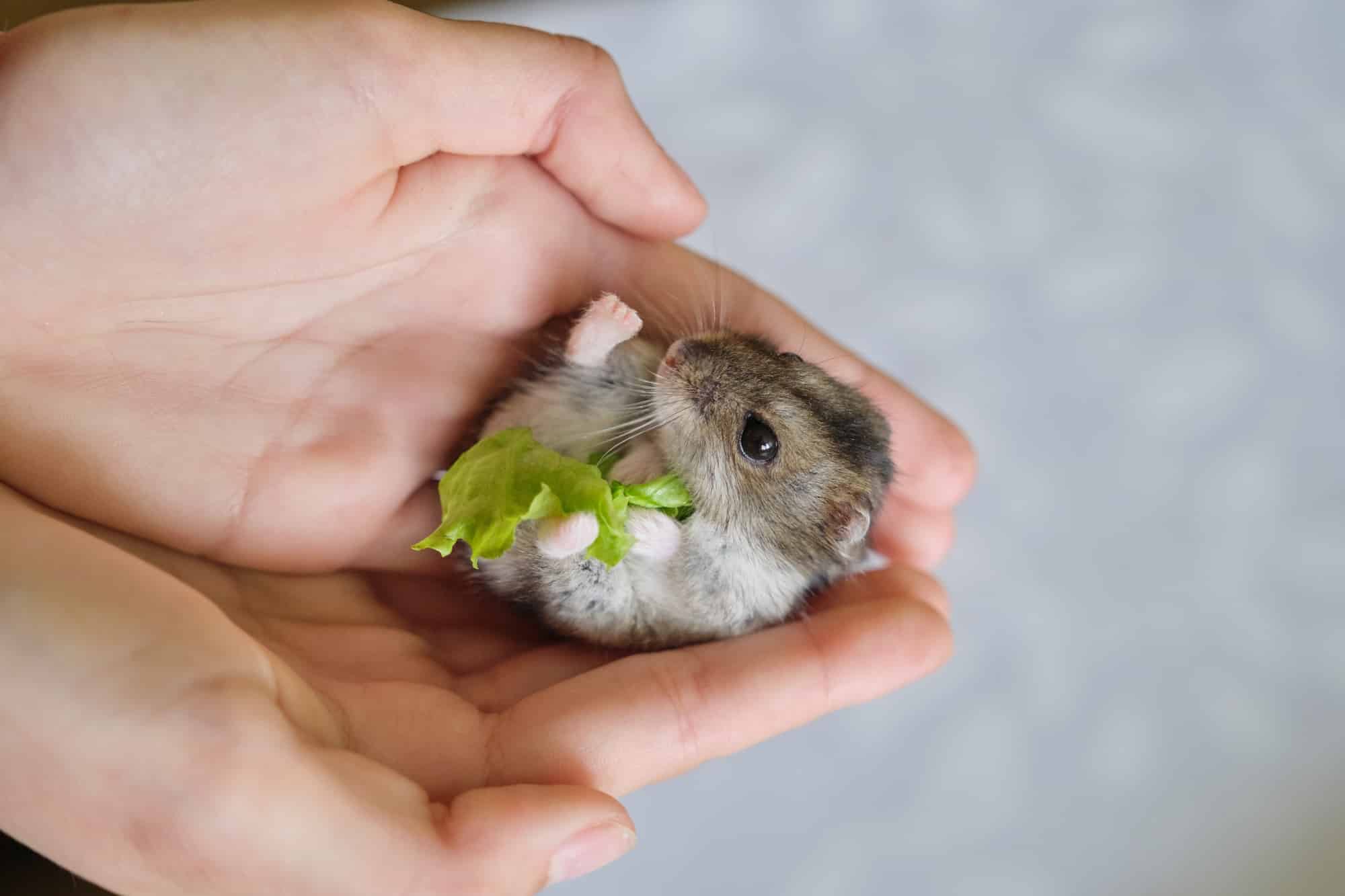For a long time, our ancestors ate anything and everything without really knowing what they were eating. But with the invention of vitamins in the last century, everything changed. They became mindful of what they ate. More recently, this mindfulness has led to the obsession with the desire to eat the right foods in the right amounts to stay slim, fit, and healthy. So, low-fat, low-sugar foods became quite popular. As a result, we began to believe that anything green and raw is beneficial for our bodies.
But we can’t blame ourselves for that; we have Popeye to blame for that. After all, which kid wouldn’t want to eat Spinach after seeing the lean, pathetic Popeye gulp down a can of Spinach to become a hunk and beat the heck out of Bluto, the big bully, and save the girl of his dreams? Understandably, Popeye had the expected effect. It increased spinach consumption in the 1930s by 33%.
But not everything portrayed in Popeye was a lie. True, you may not sprout big muscles just seconds after eating Spinach. But Spinach (and other leafy greens) contains fewer calories while packing sufficient amounts of the essential nutrients our bodies need. So, if you own a hamster, you might have thought of giving Spinach to him so that he can stay healthy.
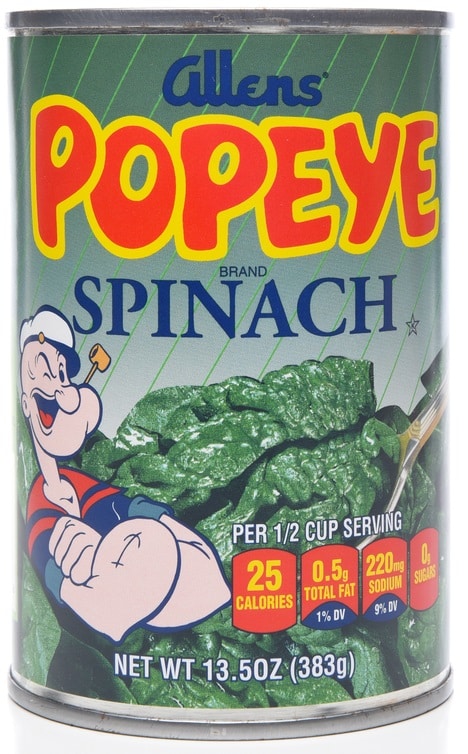
But do you know if it is safe for your hamster? In this blog post, we will specifically explain if hamsters can eat Spinach. Find out what the health benefits are, what the risks are, and what you should watch out for, while feeding Spinach to hamsters.
Spinach
Before we find out if hamsters can eat Spinach, let’s look at what Spinach is and where it came from.
Spinach is a leafy green flowering plant. Its leaves, which range from 2-30cm in size, are edible and are eaten raw or cooked. They are eaten either fresh or after being stored using preservation techniques like canning, freezing, and dehydration. China is the world’s leading producer of Spinach, with its market share reaching almost 90% of the global spinach supply in 2018.
Spinach is an annual plant. It completes its life cycle in just one year, i.e., it germinates, flowers, sets seeds, and dies all in one year (Source: Garden Design). There are three wide varieties of Spinach:
1. Savoy spinach – Has dark green, crinkled leaves and is difficult to clean. This is the variety that is most commonly sold in the USA (Source: The Produce Box).
2. Smooth-leafed spinach – Has broad, green, smooth leaves that are easier to clean.
3. Semi-savoy spinach – A hybrid variety that is not as wrinkled as savoy spinach.
Origin
Spinach might have originated 2,000 years ago in Persia (Source: Wikipedia). Nepal brought it to India and China in the seventh century. From there, the Saracens took Spinach to Sicily, Italy, in the ninth century. From there, Spinach made its way into Spain in the twelfth century and eventually into the USA in 1806.
Nutritional content in spinach
The nutritional content in 100g of spinach is listed below:
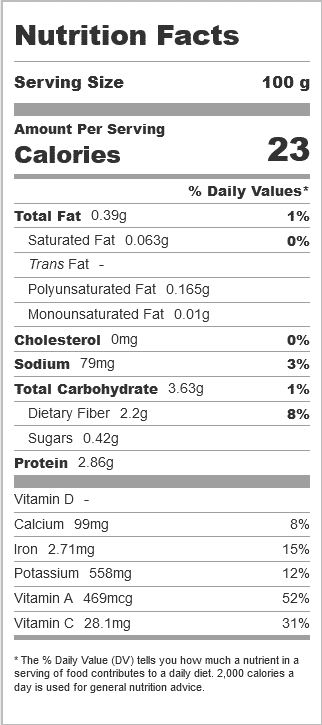
Can hamsters have Spinach? Is Spinach safe for hamsters?
Health benefits
1. Spinach contains some important minerals that your hamster’s body needs. One of them is iron. The body needs iron to create hemoglobin, the protein found in red blood cells. It helps the red blood cells transport oxygen from the lungs to other parts of the body. Iron is also needed to create myoglobin, the protein that delivers oxygen to muscles. Iron is also required for growth and development and also to make some hormones. Pregnant and baby hamsters, in particular, need more iron. A lack of iron can make the red blood cells get smaller, making them carry less oxygen (Source: US Department of Health & Human Services). If your hamster suffers from iron deficiency, he could develop gastrointestinal problems and get weak and tired quickly. Moreover, his immune system could also become weaker. But Spinach is an excellent source of iron and protects your hamster from such problems.
2. Iron also helps your hamster’s body absorb vitamin C. So, Spinach is a great combination to be given with fruits and vegetables rich in vitamin C, like strawberries (Recommended reading: Can hamsters eat strawberries?), tomatoes (Recommended reading: Can hamsters eat tomatoes?), etc.
3. Spinach is also a great source of potassium. Your hamster’s body needs potassium to function properly. Potassium is required for the contraction of muscles and the functioning of nerves. It also helps in moving nutrients into cells and waste products out of cells. Potassium also counters the harmful effects of sodium, which is found in many food items (Source: Medline Plus). The potassium and nitrates in Spinach also reduce the blood pressure to healthy levels (Source: MedicineNet).
4. Spinach also contains decent amounts of calcium. Calcium keeps your hamster’s teeth and bones strong. But that is not the only reason why your hamster’s body needs calcium. Calcium also supports several other functions in your hamster’s body, like message transmission in nerves, muscle function, hormone secretion, etc.
5. Spinach contains high amounts of some essential vitamins. Vitamin K is one of these vitamins. Vitamin K plays a significant role in blood clotting. It prevents wounds from continuously bleeding so that they can heal. It also helps produce proteins like osteocalcin, which prevents the bones from weakening (Source: Harvard). A ten-year-long study made on human females aged 38-74 years of age suggests that increased consumption of vitamin K can reduce the risk of hip fractures up to 36% (Source: The American Journal of Clinical Nutrition). This suggests that vitamin K can strengthen bones and prevent them from getting fractured. So, Spinach can be a healthy treat for your hamster.
6. Spinach contains good amounts of vitamins A, and C. Vitamin A improves vision and immunity. Vitamin C helps the tissues in the body grow, develop, and repair themselves. It also plays a role in several bodily functions like the healing of wounds, absorption of iron, maintenance of bones, teeth, and cartilage.
7. Free radicals are produced within your (and your hamster’s) body. They are volatile molecules, which need an electron to become stable. They can steal this electron from body cells, membranes, or DNA. By doing so, they create irreparable damage to the body. But antioxidants deactivate the free radicals by providing them the electrons they need. So, antioxidants are indispensable for the healthy functioning of the bodies of animals. Spinach contains several important antioxidants like Lutein, Quercetin, Zeaxanthin, and Kaempferol (Source: Healthline). They fight against infection, inflammation, slow down aging, and protect your hamster from cancer, diabetes, and chronic diseases.
8. 93% of Spinach is just water (Source: Bupa). So, it keeps your hamster hydrated. Therefore, it is a healthy snack for hamsters that drink less water.
9. Most of the carbohydrates in Spinach are in the form of insoluble fiber. The water in Spinach makes the stool smoother, and the dietary fiber in Spinach adds bulk to the stool, thus preventing constipation.
10. Fiber makes your hamster feel full for a longer time, preventing him from eating too much. Spinach also contains protective steroids called phytoecdysteroids. These steroids increase the metabolism of sugar and hence, keep blood sugar levels stable. Thus, Spinach can protect your hamster from obesity and diabetes.
Risks
If you wash the spinach leaves properly and feed only moderate amounts of Spinach to your hamster, there is nothing you need to worry about. But like any food item, when fed in excess, Spinach might pose the following risks to your hamster.
1. Spinach contains high amounts of oxalates and purines. So, if your hamster eats too much Spinach too often, he might get kidney stones. Oxalic acid can also bind to minerals like calcium, zinc, and magnesium and prevent the body from absorbing them. As a result, your hamster might suffer from mineral deficiencies. High purine content could cause joint pain, swelling, and inflammation.
2. Spinach contains good amounts of fiber, and your hamster’s body needs enough time to digest it. But if your hamster eats Spinach too often, his body might not get the time to digest it properly. This might cause problems like diarrhea, abdominal pain, etc. The high fiber content might also interfere with the body’s ability to absorb iron.
3. In 2021, Spinach ranked second in the Dirty Dozen, a list the EWG (Environmental Working Group) compiles every year listing the top 12 food items most contaminated by pesticides (Source: EWG). Over 97% of the tested spinach samples contained two or more pesticides. One of these notorious pesticides is permethrin, a neurotoxic insecticide that is especially poisonous to animals (Source: Healthline). Moreover, spinach leaves could also get contaminated with bacteria. So, if not washed thoroughly, Spinach could be toxic to your hamster.
4. Spinach also contains Histamine, which could trigger allergic reactions when consumed in large amounts (Source: MedicineNet).
Different breeds of hamsters vs. Spinach
Now that you know hamsters can eat Spinach, find out how much Spinach each type of hamster can eat.
Can Chinese dwarf hamsters eat Spinach?
Yes, they can. But you should remember that Chinese dwarf hamsters are one of the smallest breeds of hamsters. So, they can eat only a very small amount of Spinach once a week.
Can Campbell dwarf hamsters eat Spinach?
Yes, they can. But like Chinese hamsters, Campbell hamsters are also tiny creatures. So, they can eat only a very small amount of Spinach once a week.
Can Russian dwarf hamsters eat Spinach?
Yes, they can. But Russian dwarf hamsters, too, can eat only a very small a mount of Spinach once a week.
Can Roborovski hamsters eat Spinach?
Yes, Roborovski hamsters can eat Spinach. They are smaller than other dwarf hamsters. But they are also more active than other dwarf hamsters. So, they can eat more food in general, and this applies to Spinach as well. They can eat about a spoon full of Spinach every fortnight.
Can Syrian hamsters eat Spinach?
Yes, they can. Syrian hamsters are the largest breed of hamsters. So, they can eat a spoonful of Spinach twice every week (Source: Kidadl).
FAQ
Can hamsters eat Spinach every day?
Hamsters can eat Spinach every day. But as explained before, you shouldn’t feed too much Spinach to your hamster, as it can create some serious health problems. Like all other food items, Spinach should only be fed in moderation.
Spinach should be fed mixed with other food items like hamster pellets, fresh vegetables, and fresh fruits, as some nutrients in Spinach help your hamster’s body absorb nutrients found in other food items (E.g., Iron in Spinach can help the body absorb the vitamin C in strawberry).
Moreover, your hamster should eat a balanced diet every day so that he can get all the nutrients his body needs for his survival. After all, a single fruit or vegetable can’t have all the nutrients required for your pet hamster’s survival.
Can hamsters eat baby spinach?
Baby spinach is not an entirely different breed of Spinach; it is just young Spinach harvested in the early stages of plant growth. So, it is just as healthy as full-grown spinach leaves. So, your hamster can eat them.
Can hamsters eat cooked Spinach?
Unlike many other food items, cooked Spinach is not toxic to hamsters. Indeed, cooked Spinach could be easier for your hamster to chew and digest. Hence, cooked Spinach might be a better choice when compared to raw Spinach (Source: Petkeen).
However, you should not add salt or other spices as these could create health problems (E.g., Salt could cause dehydration).
Can hamsters eat spinach stem?
Yes, hamsters can eat spinach stem. But first, wash it thoroughly to remove any traces of pesticides. Then give a small piece (maybe half an inch of stalk) to your hamster. If your hamster doesn’t like its taste, don’t give it to him again. If you notice any adverse reactions in your hamster’s body after he eats the stem, consult a veterinary doctor immediately.
How to wash Spinach to get rid of pesticides?
Spinach is one of those foods that are most contaminated with pesticides. So, if possible, buy organic Spinach for your hamster because hamsters are very small compared to us. Hence, their small stomachs cannot tolerate chemicals like pesticides.
If buying organic Spinach is not an option, wash spinach leaves thoroughly to get rid of pesticides. You can remove the pesticides from the spinach leaves by gently swirling them in a bowl of cold water (Source: Geisinger). You can also employ other methods to remove pesticides off your spinach leaves (Source: Goodnet). But it is not clear if these washing could affect your hamster’s health. Therefore, you should consult a veterinary doctor before you use any of these other methods to wash the spinach leaves.
How to find out if Spinach is safe for your hamster?
When you are starting out, give a very small piece of spinach leaf to your hamster. If you observe any side effects, like gas, diarrhea, or any allergic reactions within the first 24 hours, consult a vet immediately. If not, you can continue giving Spinach to your hamster.
How to give Spinach to your hamster?
Spinach is rich in fiber. One-fourth of the fiber in Spinach is soluble, and the rest is insoluble. Soluble fiber dissolves in water. As it dissolves, it creates a gel that might improve digestion (Source: Healthline). Insoluble fiber attracts water to your hamster’s stool, making it softer and easier to pass. The way these different types of fiber work may be different, but they both need water to be effective. So, you can cut the spinach leaf into small pieces and then give your hamster 5 or 6 of these small pieces mixed with enough water so that the fiber in Spinach can function efficiently (Source: Small pets HQ).
Summary – Key Takeaways
Spinach is an excellent treat for your hamster. It is a healthy snack for your furry friend, which offers a lot of health benefits:
- Spinach contains sufficient amounts of important minerals like iron, calcium, and potassium. Iron helps red blood cells carry oxygen from the lungs to other parts of the body. Calcium strengthens bones and teeth. Potassium reduces blood pressure levels and keeps your hamster’s heart healthy.
- Spinach contains sufficient amounts of vitamins K, A, and C. Vitamin K plays a major role in the clotting of blood. It also strengthens the bones of your hamster. Vitamin A improves your hamster’s immune system. Vitamin C is needed for the growth, development, and repair of body tissues. Hence, it plays a vital role in the overall health of your hamster.
- Spinach contains several antioxidants like Lutein, Quercetin, Zeaxanthin, and Kaempferol. They protect your hamster from cancer, diabetes, and chronic diseases.
- Spinach contains a lot of dietary fiber. It also contains a lot of water. Both fiber and water help prevent constipation.
How to feed Spinach to your hamster?
- Buy organic Spinach whenever possible.
- Wash the spinach leaves thoroughly by gently swirling them in a bowl of cold water to get rid of any traces of pesticides.
- Cut them into small pieces so that your hamster can chew them easily.
- Mix these pieces with water so that the fiber in Spinach can work efficiently.
- Give 5 or 6 such pieces mixed in water to your hamster.
- Look for any changes or adverse reactions in the next 24 hours.
- If there are any such reactions, consult a vet immediately. If not, you can continue giving Spinach to your hamster.
